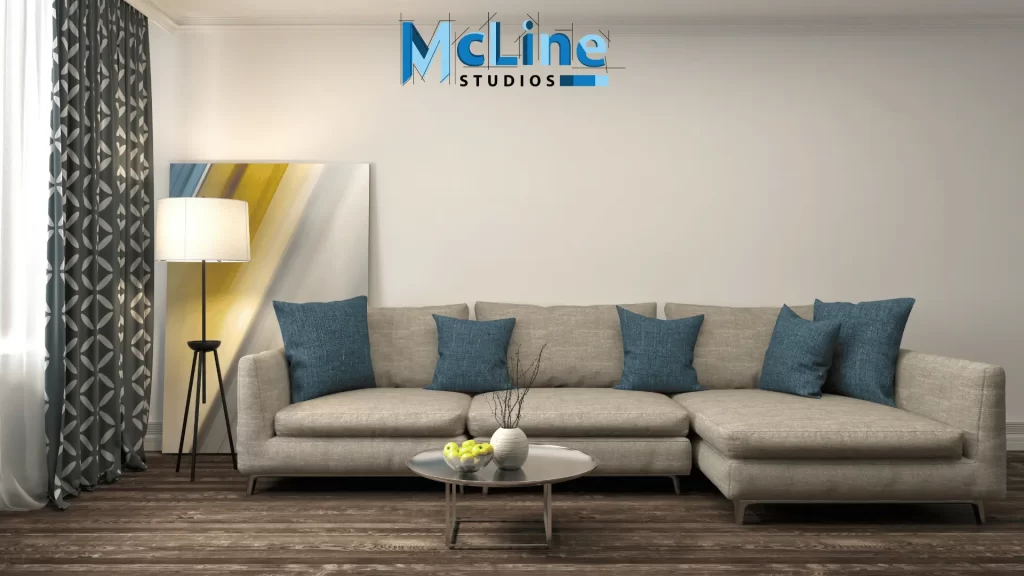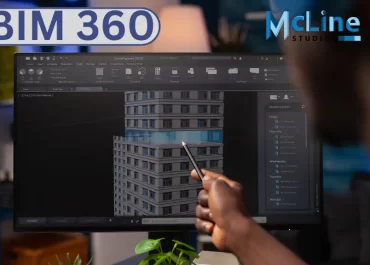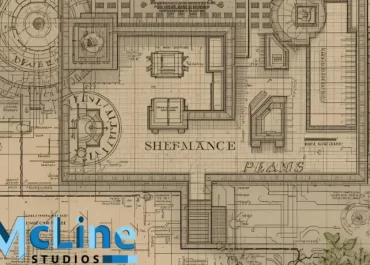Interior design rendering is the process of creating realistic 2D or 3D visualizations of a designed interior space. These visualizations, or renderings, allow designers to preview how a room or building will look before any construction or remodeling takes place.
In the past, interior designers had to rely on hand-drawn sketches, physical models, or a client’s imagination to convey their design ideas. However, with advances in computer graphics and rendering software, designers can now produce stunningly photorealistic images and animations that accurately depict materials, lighting, furnishings, and more.
Whether for residential or commercial spaces, interior design rendering has become an invaluable tool in the modern designer’s arsenal. In this article, we’ll explore the various techniques involved, popular rendering software, and the key benefits this technology offers for interior designers and their clients.
What Is Interior Design Rendering?
Interior design rendering is the process of creating visual representations or digital mock-ups of interior spaces before they are built or renovated. It involves using computer software to generate detailed images that accurately depict how the final design will look.
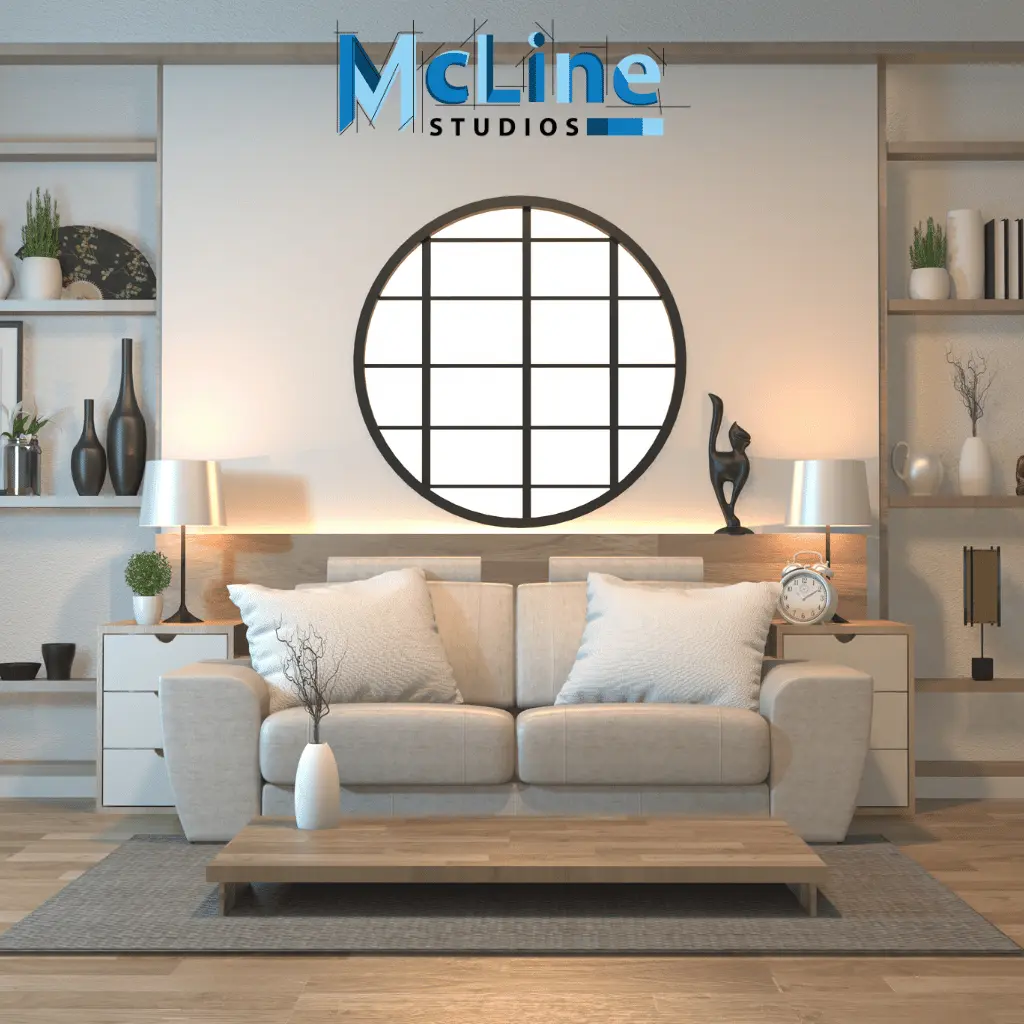
Interior designers use rendering techniques to convey their ideas to clients, architects, and other stakeholders involved in a project.
Rendering allows designers to experiment with various colors, materials, textures, lighting, and furniture arrangements to achieve the desired aesthetic and functionality of a space.
It enables clients to visualize the proposed design more clearly and make informed decisions about the project. Additionally, interior design rendering helps identify potential issues or improvements before construction begins, saving time and resources.
Various rendering techniques, such as photorealistic rendering, virtual reality rendering, and augmented reality rendering, can be employed depending on the project’s requirements and budget.
Overall, interior design rendering serves as a powerful communication tool that enhances the design process and ensures the successful execution of interior projects.
Different Techniques Of Interior Design Rendering
There are several techniques used in interior design rendering, each with its own advantages and applications. Here are some of the common techniques:
- Digital 2D renderings: Using software like Adobe Photoshop or Illustrator, designers can create 2D renderings of interior spaces. These renderings can include color, texture, lighting, and other details to give a realistic representation of the design concept.
- 3D modeling: 3D modeling software such as Autodesk 3ds Max, SketchUp, or Blender allows designers to create three-dimensional models of interior spaces. These models can then be rendered from different viewpoints to provide a comprehensive understanding of the design.
- Photorealistic rendering: With advancements in rendering software such as V-Ray, Corona Renderer, or Lumion, designers can create photorealistic images of interior spaces. These renderings simulate lighting, materials, and other environmental effects to produce highly realistic visuals.
- Virtual reality (VR) rendering: VR technology enables designers to create immersive experiences where clients can virtually walk through and interact with interior spaces in real time. VR rendering provides a highly immersive way to experience designs before they are built.
- Augmented reality (AR) rendering: AR technology overlays virtual elements onto the real-world environment, allowing designers to superimpose digital models of interior spaces onto physical spaces. This technique can be useful for visualizing how a design will look within an existing space.
Best Software for Interior Design Rendering
Several software options cater to interior design rendering, offering various features and capabilities. Here are some of the best ones:
- Autodesk 3ds Max: 3ds Max is widely used in architectural visualization, 3ds Max offers powerful rendering capabilities through its built-in renderer as well as compatibility with third-party rendering engines like V-Ray and Corona Renderer.
- Autodesk Revit: Autodesk Revit is primarily used for building information modeling (BIM), Revit offers powerful tools for creating detailed architectural models. With its rendering capabilities and integration with Autodesk’s cloud rendering service, Revit can generate impressive interior renderings.
- SketchUp + V-Ray: SketchUp is renowned for its ease of use in creating 3D models, and when paired with the V-Ray plugin, it becomes a potent tool for producing high-quality interior renderings with realistic lighting and materials.
- Blender: Blender is a free and open-source 3D modeling and rendering software with a robust feature set. It includes Cycles, an advanced rendering engine capable of producing stunning interior visuals.
- Lumion: Lumion specializes in creating immersive architectural visualizations, including interior renderings. It features a vast library of assets and materials, real-time rendering, and easy-to-use tools for creating lifelike scenes.
Benefits Of Interior Rendering
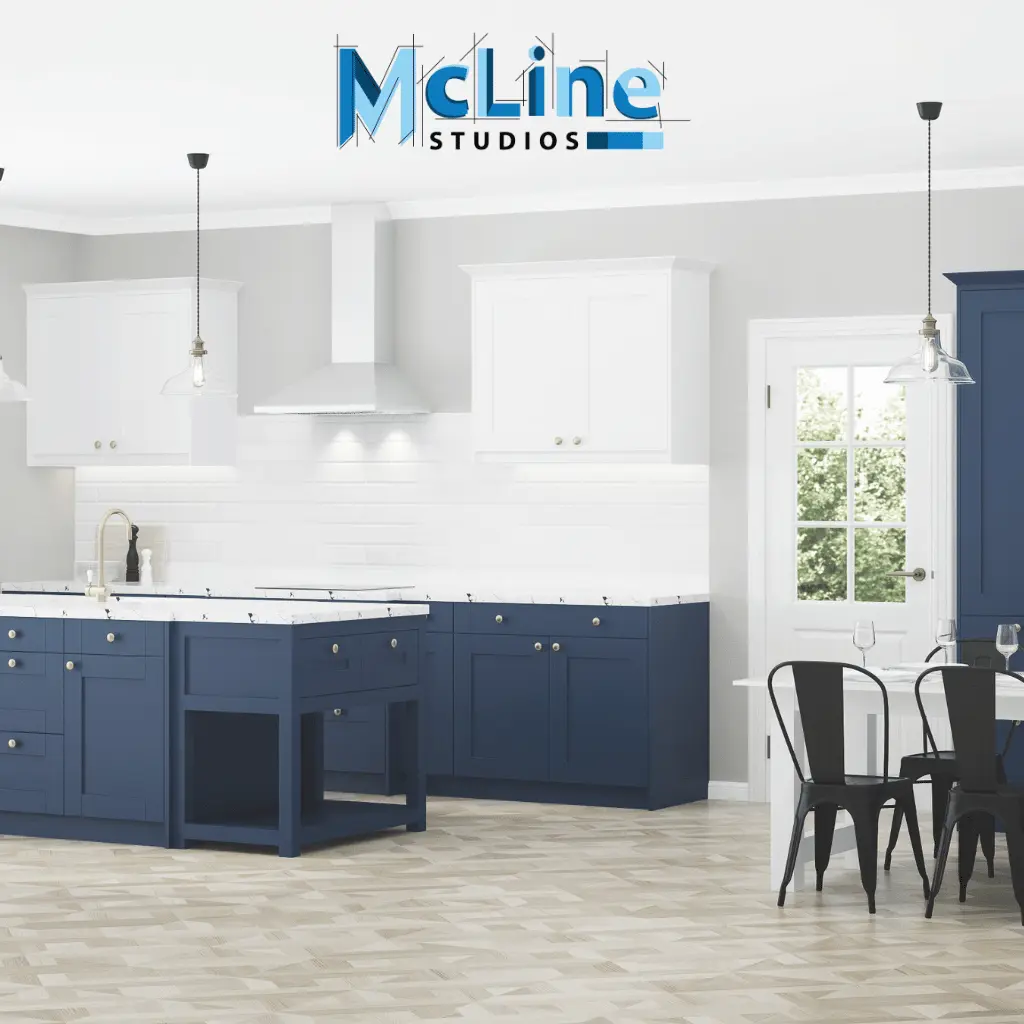
Interior design rendering offers several benefits to both designers and clients:
- Visualization: Rendering allows designers to present their ideas in a visually appealing and realistic manner. Clients can better understand the proposed design, including layout, color schemes, furniture placement, and lighting.
- Accuracy: Renderings provide a highly accurate representation of the final design, allowing clients to see how different elements will come together in the space. This reduces misunderstandings and revisions later in the process.
- Cost-Effective: Making changes to a design during the rendering phase is much more cost-effective than making changes during the construction or implementation phase. It helps in avoiding costly mistakes and rework.
- Time-Saving: With rendering software, designers can create photorealistic images relatively quickly compared to traditional methods like hand-drawn sketches or physical models. This saves time and allows for faster iterations of the design.
- Customization: Renderings can be easily customized to reflect the client’s preferences and specific requirements. Designers can experiment with different materials, colors, and layouts to find the best solution for the space.
- Collaboration: Renderings facilitate collaboration between designers, clients, architects, and other stakeholders involved in the project. Everyone can visualize the design concept more clearly and provide feedback to improve the final result.
Key Takeaways
Interior design rendering has become an indispensable tool for designers and clients alike in the modern era. With the creation of photorealistic 3D visualizations, it allows everyone involved to truly envision the finished space before any construction takes place. This capability streamlines the design process, facilitates communication, and reduces costly mistakes and misunderstandings.
Beyond its practical applications, rendering also unleashes the designer’s creativity by making it easy to explore multiple options and make real-time revisions. The freedom to experiment enables the discovery of innovative solutions that may have been overlooked through traditional design methods.

